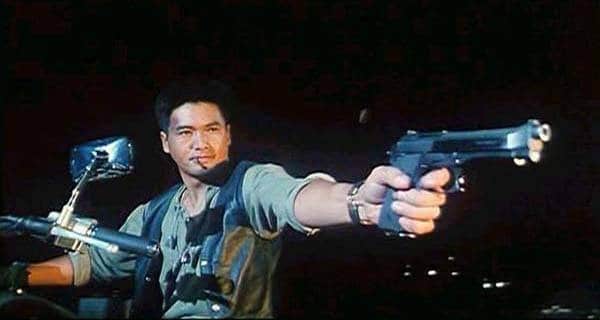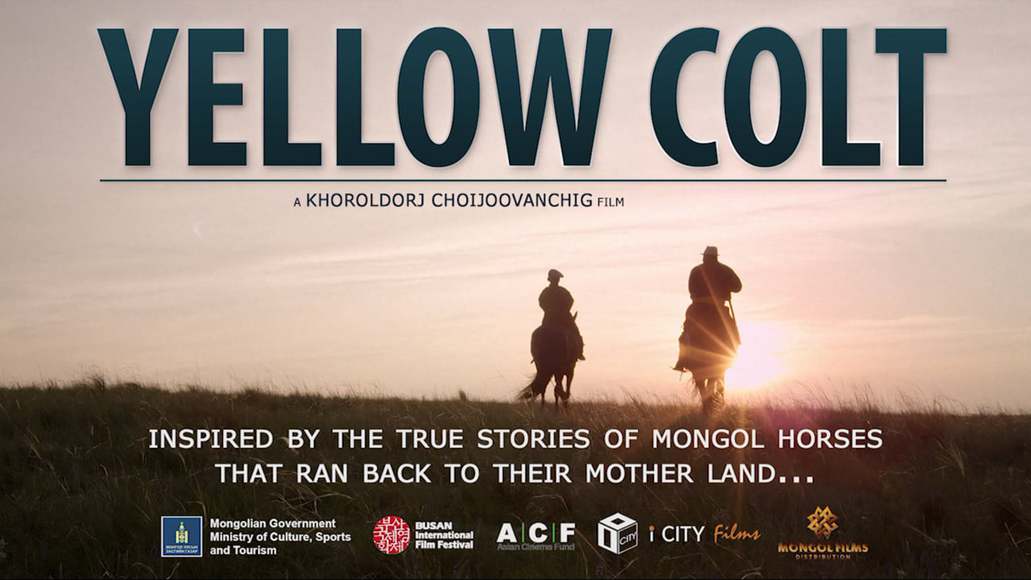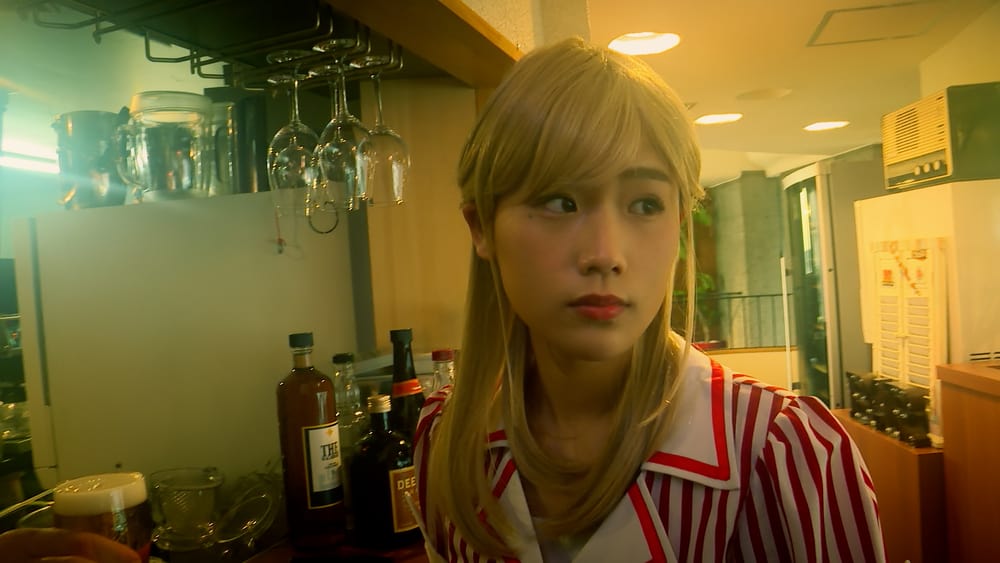Japanese animator Atsushi Wada, France's Miyu Productions, and Japan's New Deer's are behind “Bird in the Peninsula” an animation short that premiered at the 72nd Berlin International Film Festival this February, where it won a special mention from the International Short Film Jury.
“Bird in the Peninsula” is screening at Vienna Shorts

The short begins with a bird climbing a bamboo tree, before turning to a kid holding a dog and operating some sort of a heavy machinery, which is connected to a giant man sitting still. As the sound of traditional Japanese organs begins, the scenery transfers to a sort of opening inside the woods, where a group of boys are rehearsing a traditional dance, under the tutelage of their master, who takes notes, uses his whistle to stop them, and corrects their movement, focusing on the hands of one particular boy who does not seem to be particularly good. His attitude is somewhat forceful. Eventually, he takes his place with the disappointment being evident in the kid. Suddenly a girl appears in the location, fascinated by the spectacle, but the drum player, who comes to frame along his fellow musicians, tries to prevent her from watching. The story then returns to the machine briefly, before going back to the rehearsal, where a pigeon that transforms into an old lady, says something ineligible to the aforementioned boy, before transforming back again. The boy runs in the woods after a dog, with the girl following him, while the blowing of the wind signifies that something unusual is taking place.
A bit later, the boy is in a compound of sorts, surrounded by dogs, one of which flies around. A man opens the door of a hut of sorts, and the dogs get in. The girl is peaking on what is happening, witnessing the fact that the boy may not be a good dancer, but is quite good dealing with animals.
The setting then changes completely with the organ players and the dancers performing in their official capacity and attire in a theater of sorts, with the whole world eventually crumbling and bending to their movement. The big man and the machine segment appears once again, before a huge animal of sorts makes its appearance in the theater. Finally, his purpose is revealed, just before the screen is filled with white birds.
Atsushi Wada directs a slightly experimental, dialogue-less animation short, which presents its numerous comments through metaphors and a somewhat iconoclastic approach. That the world of tradition, and essentially Japan, is “a man's world” is presented eloquently through the concept of the girl, who can only peak on what is happening, but never be part of it. A recurring sequence of her checking inside her pants also seems to suggest the same. The attitude of the teacher seems like an accusation towards educators, with his harsh behavior focusing on a detail, not managing to recognize the other talents of his student, essentially making him a pariah. That the boy seems to be in complete resonance with the fauna and the flora highlights this aspect even more. The machine that energizes the giant man finds its explanation in the finale, but could be perceived as a comment on how technology destroys tradition, although Wada's opinion on the matter is not exactly clear, since the tradition is actually appearing as man-eating concept.
In terms of production values, Wada's art form is quite intriguing, with the drawing of the mostly circular characters seemingly exhibiting very little detail, but in an almost uncanny way resulting in characters that are quite intricate in their presentation. The animation helps the most in that regard, both in terms of individual movement, but also in the many sequences of morphing, which are quite impressive while highlighting the fact that the whole narrative flows harmonically throughout the 15 minutes of the short, in a testament to Wada's work in the editing department. The way the theater crumbles, the violence that ensues and the finale also highlight this approach, while enriching the story with some very entertaining elements. Lastly, the traditional music heard on a number of occasions fits the general aesthetics as much as the individual scenes it is presented in, in the most fitting fashion.
“Bird in the Peninsula” is an excellent short, intricate in both context and presentation, and of the most interesting Japanese animations we have seen outside the anime industry.
















